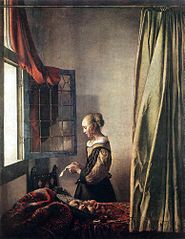Description
Depending on the orientation of our work space or our living room, we can take advantage of the outside temperature to maintain a suitable temperature indoors. In winter, we need as much heat as possible, such as direct sunlight, while in summer, on the other hand, we need to cool down by avoiding the sun and ventilating. In this way we can reduce the need to use conventional air-conditioning systems and achieve great energy savings.
What can I do?
 In winter, open the shutters to let the sun in and cool the room. In the summer, use curtains and blinds as protection against the sun to achieve a cooler atmosphere.
In winter, open the shutters to let the sun in and cool the room. In the summer, use curtains and blinds as protection against the sun to achieve a cooler atmosphere.- Avoid unnecessary energy losses by trying to insulate the windows with blinds, curtains, double glazing, thermal insulation in floors and supports….
- It only takes 10 minutes a day to ventilate your bedroom or office, and it is advisable to ventilate first thing in the morning during the summer season or during the middle of the day in winter. In addition, the air conditioning system must be shut off while the room is being ventilated.
- It uses passive mechanisms such as increased ventilation to maintain an adequate temperature in the building, especially in the summer. For example, open
windows located on different walls and/or elevations to create a natural circulation of air thanks to the difference in thermal gradient, a fact that will enable
to obtain a comfortable temperature that will reduce the need for the use of artificial air-conditioning.
Impact on the environment

Image: Young man reading a letter in front of an open window (c 1659). Johannes Vermeer [domini públic], from Wikimedia Commons.